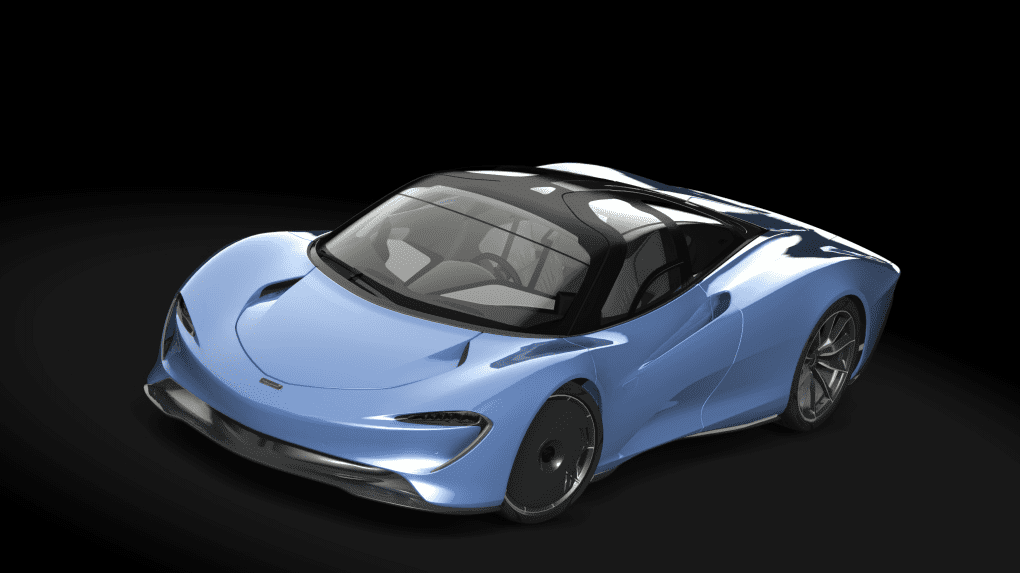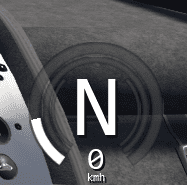- 1,362
IMO, sim-racing does offer benefits to both experienced real-world drivers, as well as new or inexperienced drivers.
The most important aspect of this is being able to compensate for the differences between sim-racing and real-world racing. That's why there is a learning curve for transitioning from one to the other. A lot of the same principles apply, but you have to adjust to the input and feedback of each. Sim-racing lacks realistic sense of speed, no real G-forces or "seat-feel" (even in motion sims), and the audio often isn't good enough to know what the car and tires are doing.
When you go from sim-racing to real-world, suddenly there's a feeling of mass and momentum, that can be overwhelming for the less experienced, mechanical aspects of the car, and input from the car as it pitches and rolls, dips and lifts, all the input you're now getting through the seat, and the forces on your body. You can also hear what the tires are doing. During a shakedown, I often push the tires until they're making a chattering or "stuttering" sound, which changes as the tires heat up and wear. Along with all the other feedback, this tells me a lot about what the car can do. I CAN'T STAND iRacing because its' physics engine stops at edge of grip, and there's nothing realistic about what happens after that. An experienced driver knows how to push a car to and beyond edge of grip in a controllable manner, and iRacing doesn't have the physics to support that.
Back to the subject of compensating, I have a couple of friends that need or needed a few hours to adjust. I left one friend at my house for a couple of hours in my simulator. In that time, he went from being completely frustrated when I left to "this is INCREDIBLE" when I returned. Our team captain (that owns and maintains the car) drives during endurance races as well. He needs quite a bit of improvement, but he does okay. However, the couple of time he's sat in my simulator, only for about five minutes each time, I have to tell him "This isn't Mario Kart!" He over-exaggerates, oversteers, and enters turns too fast. If I could just get him away from family and job duties for a couple of hours, I know he'd eventually "get it," and begin to benefit from what sim-racing can offer him.
He also bought a used Mini Cooper S just for track days--right before the Pandemic, so he hasn't been able to use it yet. He came by, threw me the keys, and told me to take him for a spin. I knew right where to take it to see what it could do--a parkway that has tight-radius cloverleafs, and a lot of curves and elevation changes that dip below underpasses. As long as you keep the revs up, it's a fun and responsive little car. Every time we took a tight curve, made quick corrections, or I made lightning-quick shifts, I could tell he was surprised with what someone could do with the car. I believe I'm a better driver because of sim-racing, BUT I must never forget the differences between the two. If I do, it could result in stupid mistakes, or having a wreck.
I love sim-racing, and appreciate it because it's easy to access, and you can "experiment" and try different things that can be applied in real life. Many of those things you wouldn't do on a real track day, as it would probably anger other drivers, get you black flagged, or result in a bad situation.
The most important aspect of this is being able to compensate for the differences between sim-racing and real-world racing. That's why there is a learning curve for transitioning from one to the other. A lot of the same principles apply, but you have to adjust to the input and feedback of each. Sim-racing lacks realistic sense of speed, no real G-forces or "seat-feel" (even in motion sims), and the audio often isn't good enough to know what the car and tires are doing.
When you go from sim-racing to real-world, suddenly there's a feeling of mass and momentum, that can be overwhelming for the less experienced, mechanical aspects of the car, and input from the car as it pitches and rolls, dips and lifts, all the input you're now getting through the seat, and the forces on your body. You can also hear what the tires are doing. During a shakedown, I often push the tires until they're making a chattering or "stuttering" sound, which changes as the tires heat up and wear. Along with all the other feedback, this tells me a lot about what the car can do. I CAN'T STAND iRacing because its' physics engine stops at edge of grip, and there's nothing realistic about what happens after that. An experienced driver knows how to push a car to and beyond edge of grip in a controllable manner, and iRacing doesn't have the physics to support that.
Back to the subject of compensating, I have a couple of friends that need or needed a few hours to adjust. I left one friend at my house for a couple of hours in my simulator. In that time, he went from being completely frustrated when I left to "this is INCREDIBLE" when I returned. Our team captain (that owns and maintains the car) drives during endurance races as well. He needs quite a bit of improvement, but he does okay. However, the couple of time he's sat in my simulator, only for about five minutes each time, I have to tell him "This isn't Mario Kart!" He over-exaggerates, oversteers, and enters turns too fast. If I could just get him away from family and job duties for a couple of hours, I know he'd eventually "get it," and begin to benefit from what sim-racing can offer him.
He also bought a used Mini Cooper S just for track days--right before the Pandemic, so he hasn't been able to use it yet. He came by, threw me the keys, and told me to take him for a spin. I knew right where to take it to see what it could do--a parkway that has tight-radius cloverleafs, and a lot of curves and elevation changes that dip below underpasses. As long as you keep the revs up, it's a fun and responsive little car. Every time we took a tight curve, made quick corrections, or I made lightning-quick shifts, I could tell he was surprised with what someone could do with the car. I believe I'm a better driver because of sim-racing, BUT I must never forget the differences between the two. If I do, it could result in stupid mistakes, or having a wreck.
I love sim-racing, and appreciate it because it's easy to access, and you can "experiment" and try different things that can be applied in real life. Many of those things you wouldn't do on a real track day, as it would probably anger other drivers, get you black flagged, or result in a bad situation.
Last edited:



 )
)






